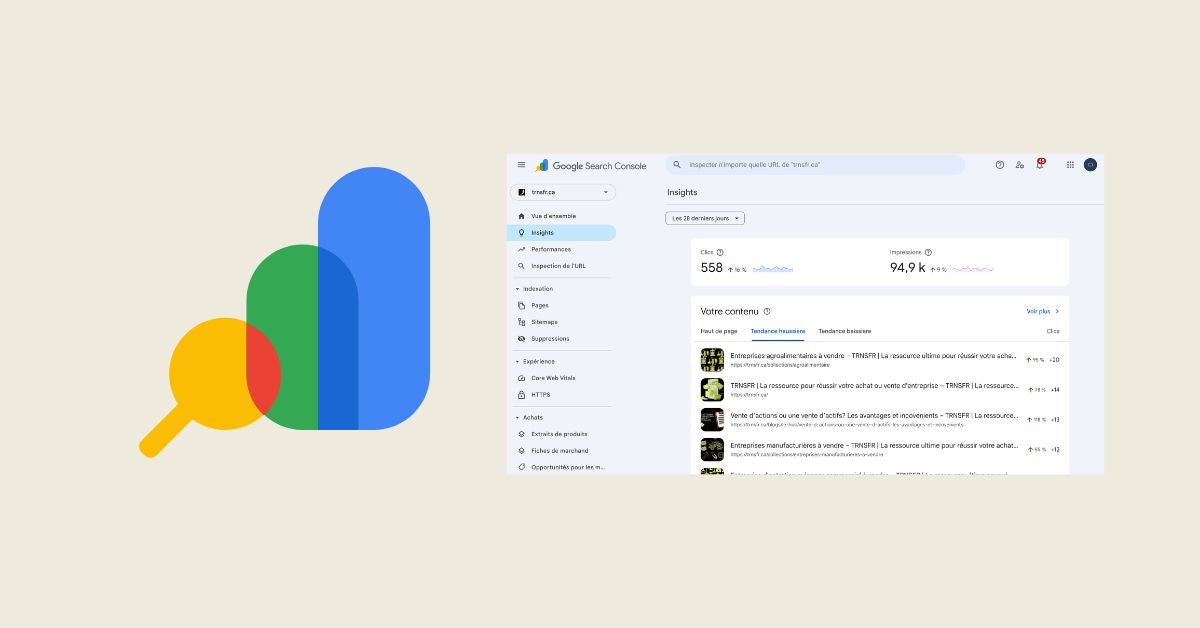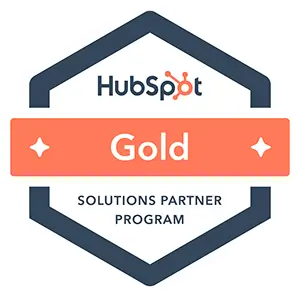In an increasingly connected world, the importance of being seen by your target audience has never been greater. However, for small and medium-sized businesses (SMEs) operating primarily locally within their community and surrounding areas , global visibility on the web in general is not enough. It is in fact just as important to focus on what is called local SEO .
By definition, local SEO is about optimizing your online presence to attract more customers from local searches specific to your geographic area . This notion therefore implies the implementation of certain specific strategies, as well as the use of the right tools and appropriate techniques, all aimed at improving your visibility on a local scale, such as for Google Maps and the results of search “ Near me ”.
In this chapter, we will guide you through the fundamental principles of local SEO ; ranging from optimization tactics for Google My Business style="font-weight: 400;" data-mce-style="font-weight: 400;" data-mce-fragment="1">, through to the importance of local citations and social profiles, while emphasizing the importance of submitting to local directories and of course getting local backlinks . We'll also explore with you how to effectively measure local SEO performance, to accurately identify areas that need attention.
Whether it's a restaurant wanting to attract more customers to its establishment, a hair salon looking to increase the number of reservations, or a home services business wanting to stand out from local competition, local SEO can certainly be one of the most profitable investments you can make for your business.
Without further ado, let's dive into the exciting world of local SEO and discover together how you can maximize your visibility in your neighborhood, city and region, with the aim of attracting more customers and thus increasing your revenue.
⇒ Also discover our e-book entirely dedicated to Google My Business , in the “Tools” section of our website !
Introduction to Local SEO
In order to understand the basics of local SEO and understand why it represents an essential strategy for small businesses seeking to increase their visibility with potential customers in their region , here is a very typical concrete example.
A café located in Paris wants to appear at the top of the results page when someone searches for “café Paris”, or submits the query “café” while being close to the city. To achieve this, it is crucial that this business is up to date with local SEO , optimizing both its website and the rest of its online content with geographic information and local keywords (e.g. “cafe 1st arrondissement Paris”, “café Louvre”, “café Place Vendôme”, etc.).
Google My Business profile optimization
Google My Business (GMB) is a free platform that allows businesses to appear in local search results as well as style ="font-weight: 400;" data-mce-fragment="1">Google Maps . Optimizing your GMB profile includes details like your business name , location , hours of operation , and high-quality photos that showcase your business well.
For example, a restaurant could decide to highlight its menu and specialties in photos and use the publications section to share certain special events or current offers.
Local Citation Optimization
Local citations are online mentions of your business. They typically include name , address , and phone number (often referred to by the acronym NAP ). These quotes may, among other things, appear on business directories , review sites, as well as on social media applications.
To illustrate this point with an SME in your sector, the hairdressing salon closest to you should, in order to have a good local positioning on search engines, ensure that its NAP information is always very consistent on the different sites like Yelp , PagesJaunes and Facebook for example.
Creation and optimization of social profiles
Profiles on various social media play a major role in local SEO . Indeed, by making sure to use the different platforms, and especially to update the information relating to your company and its location, it is possible to aim to increase your online visibility. While giving you the opportunity to reach an audience ever closer to you.
For example, a bookstore could use Instagram to share photos of new book arrivals and to announce specific upcoming events in order to reach the citizens of its region.
Submitting to local directories
Listing in local directories is another strategy to explore in order to solidify your online presence and boost your local visibility . These platforms often offer bonus rating and review opportunities that can also help improve your reputation.
For example, a bicycle repair business in a large city might submit their business information to local directories such as Yelp , Tripadvisor , or the Yellow Pages to build awareness in the surrounding area. To achieve this, however, make sure that the information submitted is always consistent for each of these directories.
Using locators
Online locators can help customers find your business more easily . Whether you have one branch or many, locators help people find the nearest location.
For example, a chain of multiple bakeries can use a locator to help customers find the nearest bakery within a certain area , and get directions to that location. In this way, the potential customer does not have to browse the web in search of other similar businesses in the area. This therefore maximizes the likelihood that he will go to one of your branches or franchises, and not to that of one of your competitors.
* For optimal efficiency, make sure that the information is useful and constantly up to date (address, opening hours and contact information).
Local backlink strategies
Backlinks , also known as "backlinks" or inbound links , are links from other websites that point to your own site . In the context of local SEO , getting backlinks from other businesses (or blogs) in the same area can improve your visibility in local search results.
For example, it would be beneficial for a clothing store to collaborate with a local fashion blogger for an article in exchange for a link to the company's website .
Measuring local SEO performance
After putting into action all the strategies recommended for effective local SEO , measuring your efforts is essential in order to understand more precisely what is working well and what needs improvement. In this sense, tools like Google Analytics and Google Search Console can provide valuable information about how users interact with your site and where web traffic is coming from.
A business providing catering services could, for example, track the number of quote requests that come from local searches and use this information to refine its ragment="1" >local SEO strategy .
Conclusion
In a digital world where competition is intense, it has become imperative for local businesses to stand out. Local SEO isn't just a trend – it's central to ensuring your business is visible to your local audience. By mastering the techniques and tools we've explored, you're not only positioning your business in front of your community's eyes, but you're also establishing a solid foundation for lasting relationships with your customers.
Remember that SEO is a continuous process that requires attention and adaptability. So stay informed, be responsive to changes, and most of all, stay connected with your community's needs and preferences. After all, at the heart of local SEO is always the desire to serve and thrive within one's own region.
















